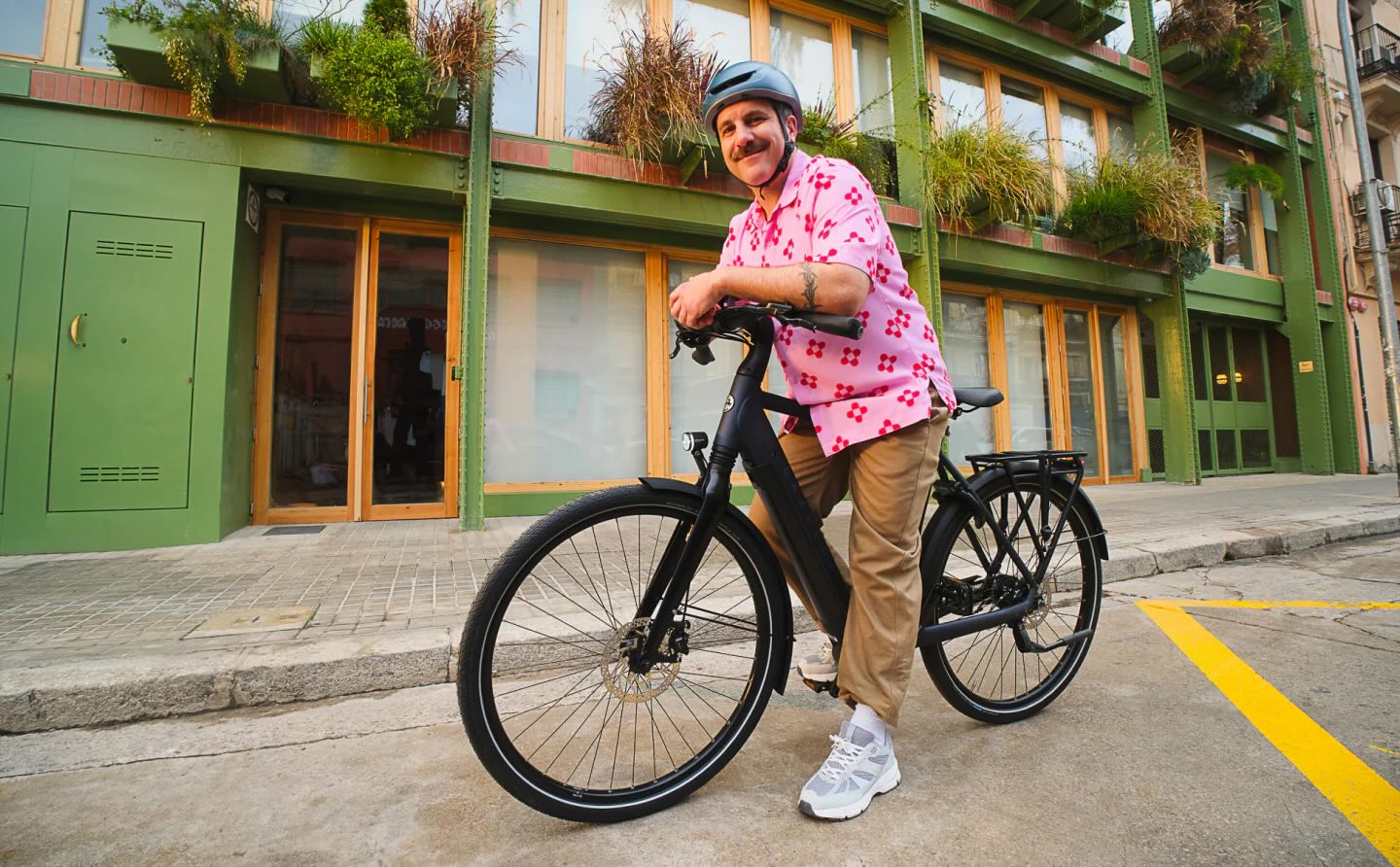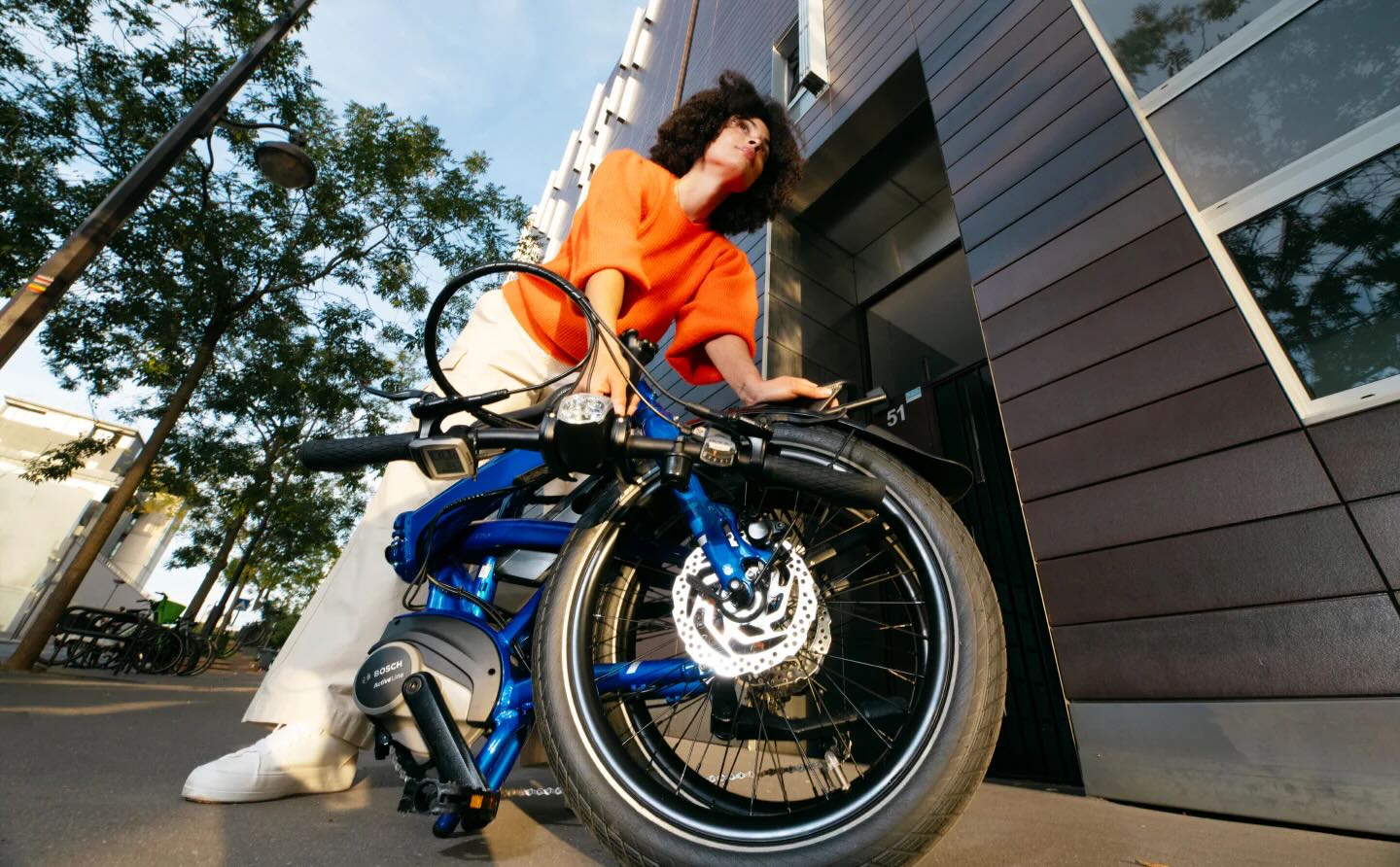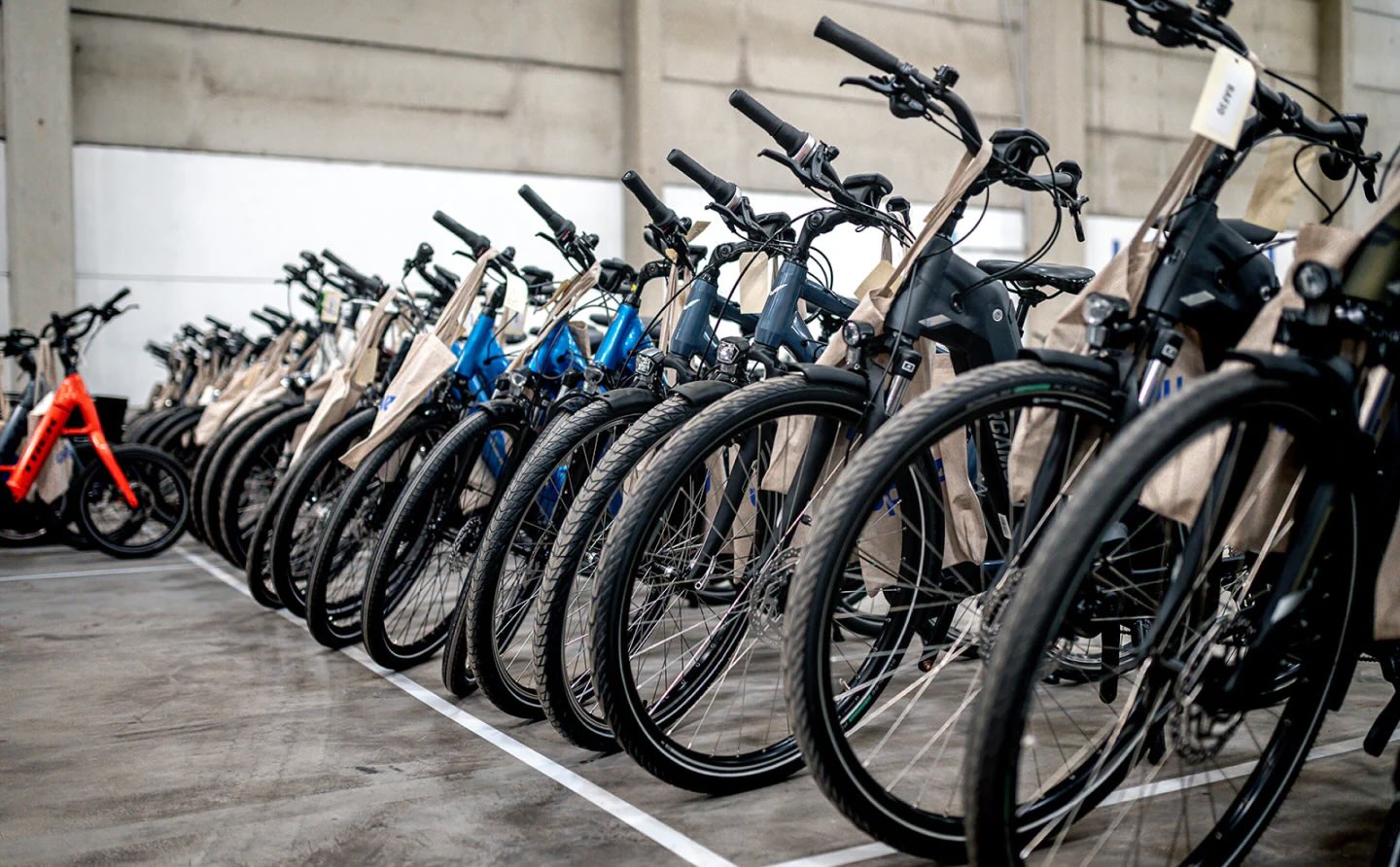Students at the University of Cambridge will soon have a revolutionary new housing option that's not just greener — it's actually carbon negative.
Feilden Clegg Bradley Studios has designed three crescent-shaped apartment blocks made from planet-friendly materials like cross-laminated timber (CLT). The result? Housing that removes more carbon from the atmosphere than it adds, according to Dezeen.
This groundbreaking project, called Stephen Taylor Court, will provide 84 much-needed homes for graduate students and fellows. But it's not just meeting a housing need. It's showcasing how we can build for the future without compromising the environment.
So, how did they do it? The architects used their own carbon calculation tool to carefully choose building materials and construction methods that would minimize lifetime carbon pollution. By prioritizing recycled materials, local sourcing, and carbon-capturing CLT, they achieved a carbon-negative design.
CLT was a key component due to its lightweight, air-sealing properties and built-in carbon storage. The robust timber structure also reduced the amount of concrete needed in the foundation, further shrinking the building's carbon footprint.
This project doesn't just help the planet — it helps students, too. The Passivhaus design principles will keep the apartments well-insulated and energy-efficient, saving residents money on utility bills, all while providing a comfortable place to live and study.
Watch now: Honda reveals how it's rethinking electric vehicles from the ground up with exciting new concept cars
Stephen Taylor Court shows that the technology exists today to build carbon-negative housing that looks great, feels cozy, and helps our planet breathe easier. As Feilden Clegg Bradley Studios partner Hugo Marrack explained to Dezeen: "The project has negative embodied carbon on completion, as more carbon has been sequestered in its production than emitted."
With plans to add solar panels in the future to keep the carbon savings flowing, this student housing sets an exciting precedent. Imagine a world where every new building helped remove heat-trapping gases from our atmosphere just by existing. Suddenly, net-zero living feels within reach.
The first lucky students will move into these planet-positive digs in the fall term of 2024. Here's hoping this university housing inspires a new generation of sustainable building projects … ones that prioritize both people and our one precious planet.
Join our free newsletter for easy tips to save more, waste less, and help yourself while helping the planet.
TCD Picks » Upway Spotlight















